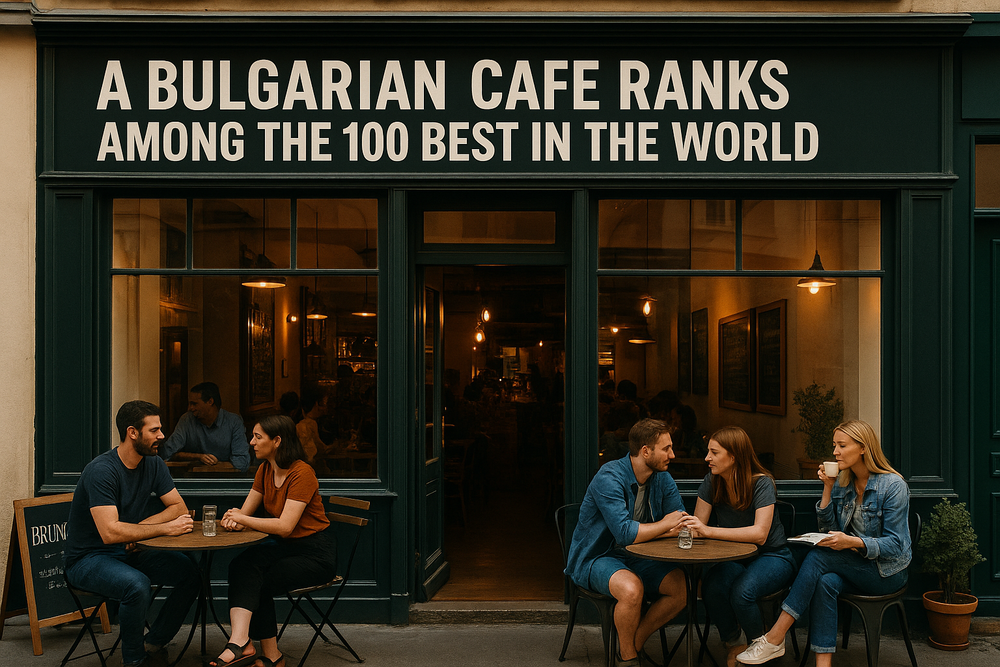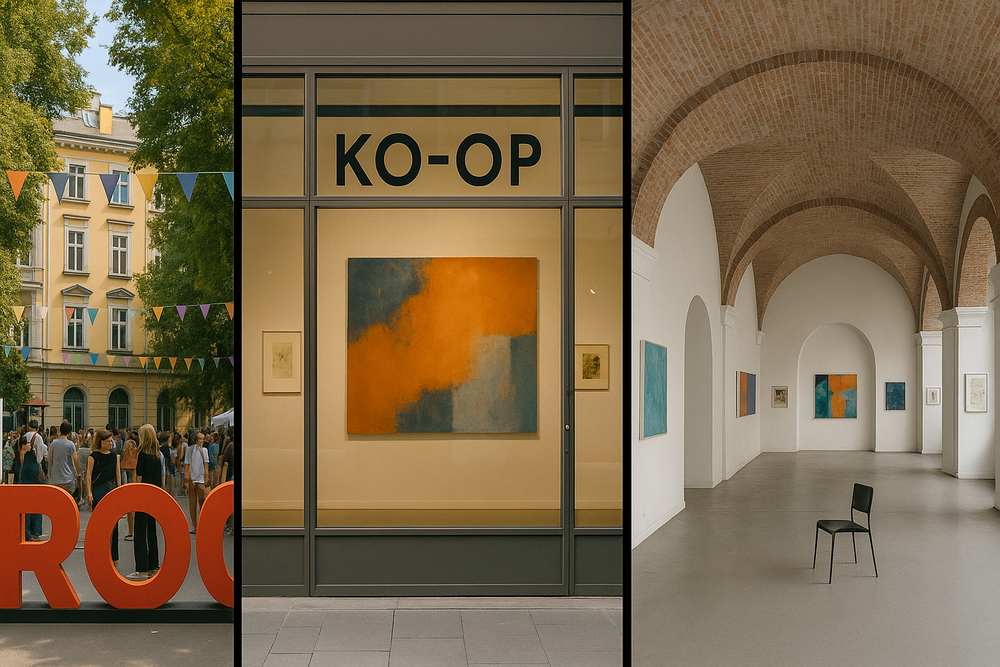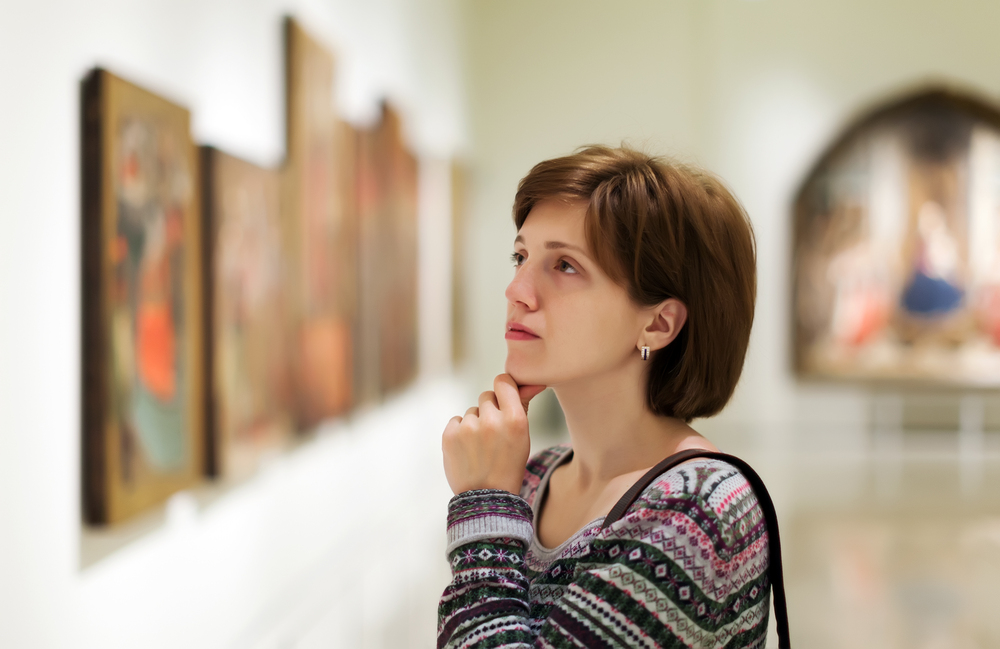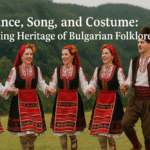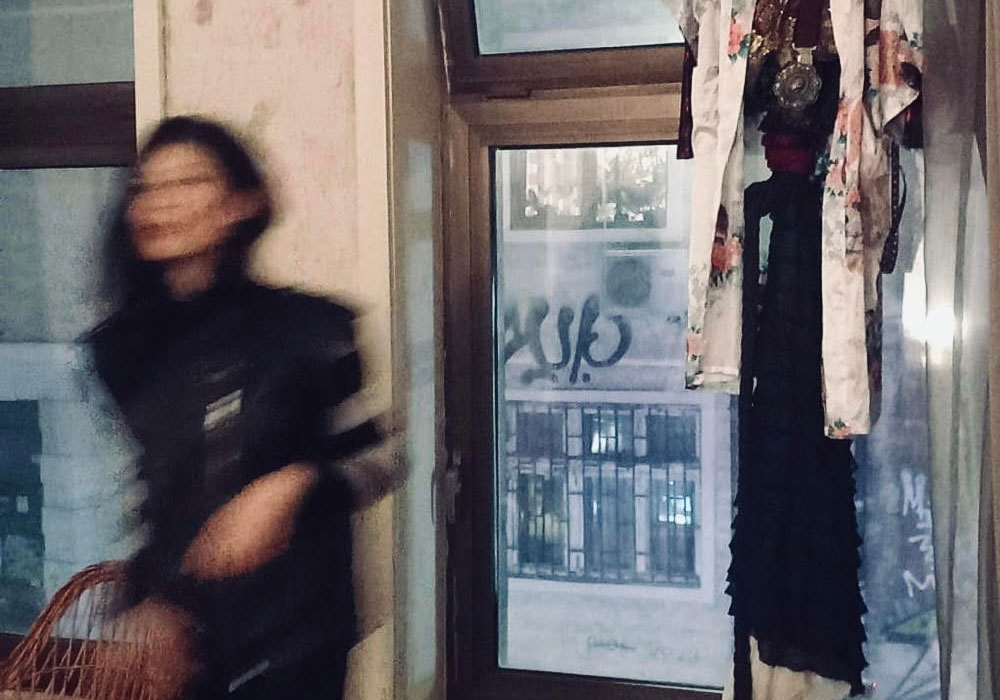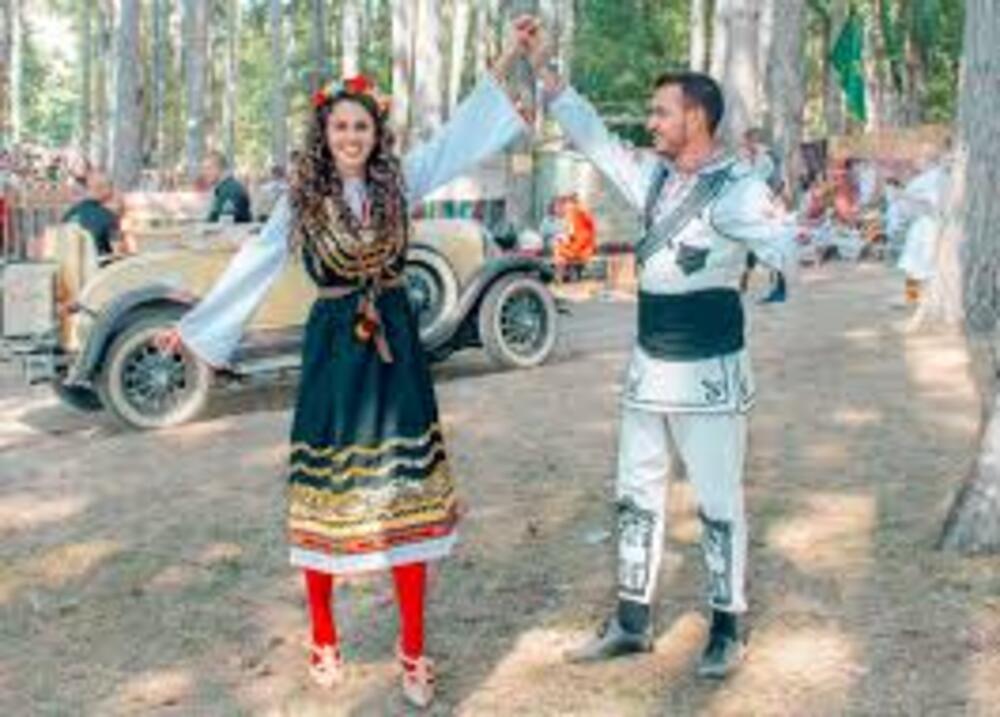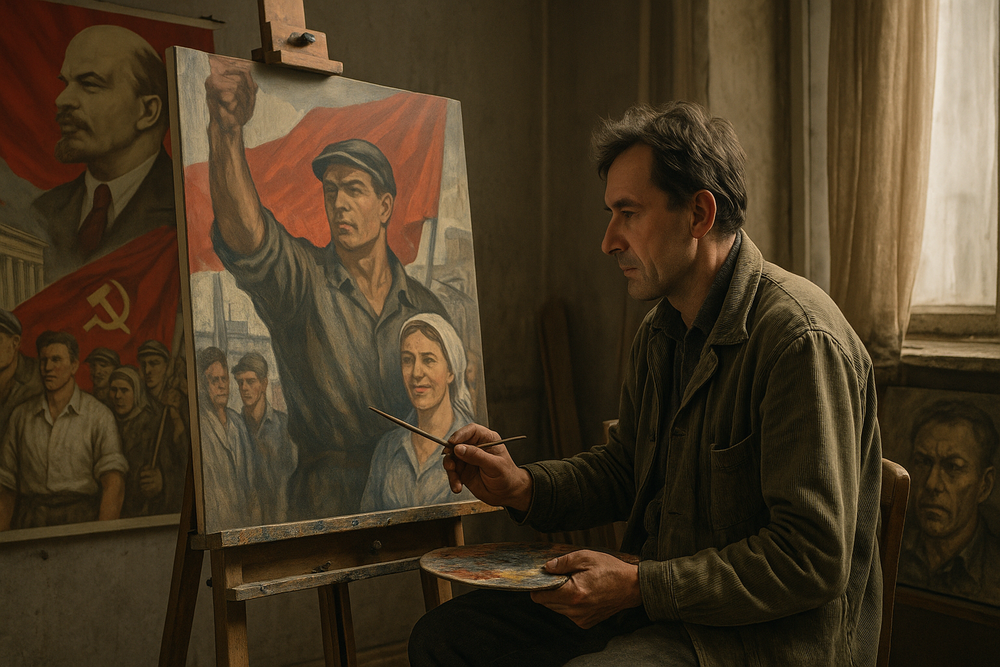
Art Under Socialism: Creativity Behind the Iron Curtain
From 1945 to 1989, Bulgaria, like much of Eastern Europe, lived under the watchful eye of the socialist state. Behind the Iron Curtain, creativity didn’t disappear — it transformed. The communist era shaped Bulgarian art, film, and music in profound and often contradictory ways. It was a time of both restriction and innovation, of propaganda and quiet rebellion. In this retrospective, we look at how Bulgarian culture evolved during socialism and how artists navigated between obedience and resistance.
The Age of Socialist Realism
After World War II, Bulgarian art was quickly aligned with Soviet ideals. Socialist Realism became the official state-sanctioned style. Artists were expected to create works that glorified the working class, industrial progress, and the Communist Party. Paintings showed smiling farmers, heroic factory workers, and visionary leaders. Any form of abstract, surreal, or critical art was discouraged — or banned outright.
The Union of Bulgarian Artists, tightly controlled by the government, dictated what could be exhibited. While this stifled artistic freedom, it also brought stability, state funding, and national recognition to those who conformed. Many artists found ways to express creativity within the system — subtly using light, color, or composition to add emotion or nuance without defying official themes.
Cinema as a Tool and a Mirror
Bulgarian film became one of the most influential cultural tools of the socialist regime. Studios like Boyana Film produced movies that promoted ideological values: love of labor, unity, and loyalty to the state. Yet even within these limits, filmmakers began to explore more personal and socially conscious themes.
By the 1960s and 1970s, a wave of “critical realism” emerged. Directors like Rangel Valchanov and Binka Zhelyazkova began portraying the struggles and contradictions of everyday life. Their films didn’t openly criticize the regime but subtly questioned bureaucracy, isolation, and the loss of individuality. Some of these films were shelved or censored, but others reached international festivals, showing that even behind censorship, artistic truth could shine through.
Music Between the Lines
Popular music in socialist Bulgaria was tightly regulated, yet deeply loved. Folk ensembles like the Mystery of the Bulgarian Voices gained global recognition with their haunting harmonies. Meanwhile, pop and rock musicians walked a thin line between state approval and subtle rebellion.
Western rock was officially frowned upon, but youth across Bulgaria secretly listened to The Beatles and Led Zeppelin on smuggled tapes. Bulgarian bands like Shturcite and Tangra gained massive followings while cleverly embedding poetic and metaphorical lyrics that hinted at social realities. Music became an emotional outlet and a quiet form of resistance for an entire generation.
The Underground Spirit
Despite restrictions, an underground art scene grew in Bulgaria. Independent artists, poets, and musicians gathered in private homes, creating and sharing work outside official institutions. These small cultural circles nurtured free expression, philosophical discussion, and experimental art.
Although risky, this resistance helped preserve Bulgaria’s intellectual and creative vitality. For many, the act of creating outside the system was itself a political statement.
Legacy and Cultural Evolution
The fall of communism in 1989 brought freedom — but also uncertainty. The tightly controlled system collapsed, and artists had to reinvent themselves in a new, often chaotic market economy. Some works from the socialist era are now seen as propaganda, others as powerful expressions of their time.
Today, Bulgarian culture continues to be shaped by the memory of that period. Exhibitions, film retrospectives, and documentaries revisit the era not only to remember the constraints, but to celebrate the resilience and creativity that persisted under pressure.
The art made under socialism was more than just a product of ideology — it was a mirror of a complex reality, and in many ways, it laid the foundation for the diverse and dynamic culture Bulgaria enjoys today.
